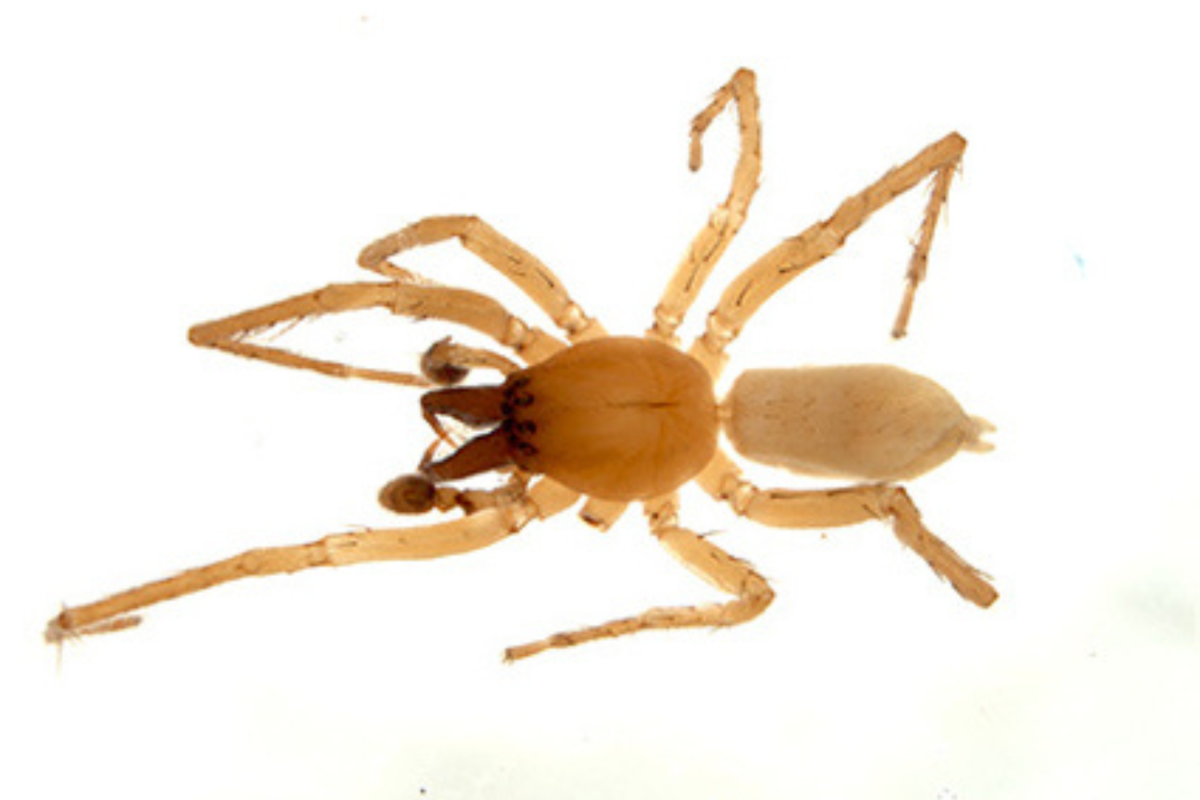Scientists recently discovered six spider species, one of which was found at a power plant in Brazil.
All six of the new species are considered "ghost spiders," which are part of the Otoniela genus. Before the discovery, only two species existed in the genus—Otoniela adisi in Peru and Brazil and Otoniela quadrivittata in Venezuela and Argentina, according to the study, which was published December 8 in the Zootaxa research journal.
The number of species in the genus has since tripled after scientists analyzed dozens of archived spiders and realized they had discovered not one but six species of the eight-legged arachnids. The new spider species were discovered in South America.

Newsweek reached out to Zootaxa by email for comment.
One of the most unique of the discovered species is the Otoniela lupercioi, a ghost spider that was discovered at a hydroelectric power plant in Brazil, according to the Miami Herald. One of the study's authors told the newspaper that ghost spiders typically are found near water and that the spiders are so named because they are "very fast" and "difficult to see." Ghost spiders also tend to hunt at night and hide behind sac-like silk during the day.
The other species were discovered in Argentina and Paraguay.
Photos show that the new species is rather nondescript, with eight eyes, eight legs and a brown body. The spider reaches about a quarter of an inch long, but researchers were more interested in the female spider's "ample" genitalia, according to the Miami Herald report. Researchers were able to identify the new species because of its unique body parts.
The Otoniela lupercioi spider now joins the more than 45,000 species of spiders worldwide. It is one of many species discovered this year. Thousands of new species are identified yearly, with most of those discoveries being insects.
Earlier this month, scientists discovered a new venomous species of scorpion hunting for prey in the San Joaquin Desert in California. The scorpion already was critically endangered because of imminent threats to its environment, largely caused by humans.
Researchers published a study about a new species of Parahesione, a genus of segmented worms, on November 1. The worms, which are equipped with four eyes, were discovered thriving off of a ghost shrimp burrow in Japan.
Sometimes researchers discover species they thought were extinct, such as when a scent-detection dog found traces of the De Winton's golden mole in South Africa. The mole was last seen in 1936.
Uncommon Knowledge
Newsweek is committed to challenging conventional wisdom and finding connections in the search for common ground.
Newsweek is committed to challenging conventional wisdom and finding connections in the search for common ground.
About the writer
Anna Skinner is a Newsweek senior reporter based in Indianapolis. Her focus is reporting on the climate, environment and weather ... Read more
To read how Newsweek uses AI as a newsroom tool, Click here.








